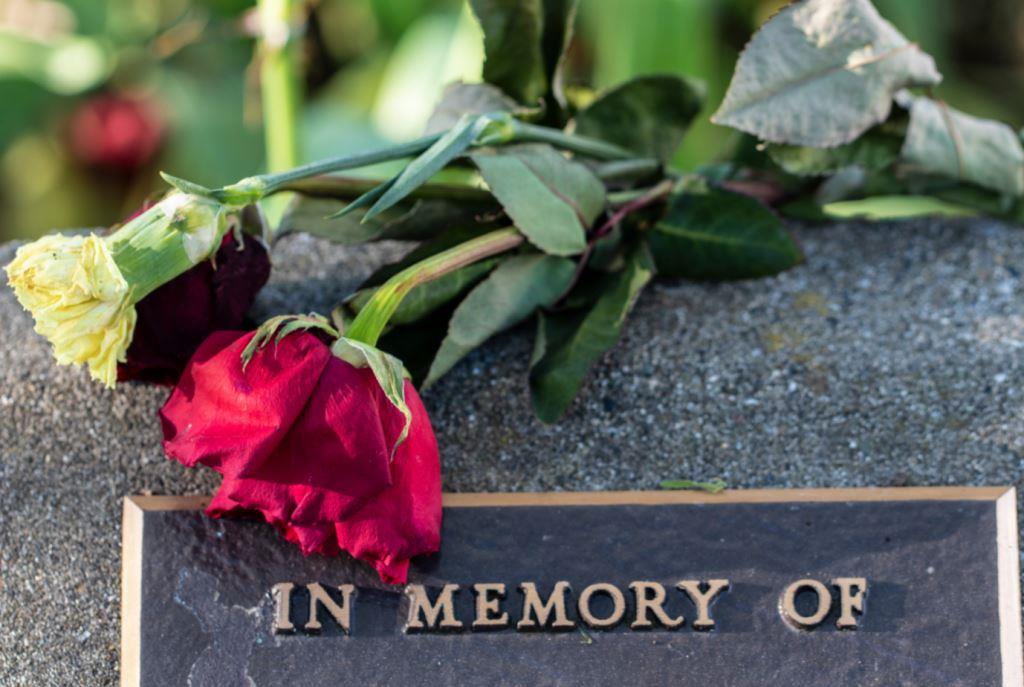Death is life’s biggest mystery and reality, and no one is prepared for what comes next. As we sail through the journey of life, there comes a time when we must make some difficult decisions. The appointment of agent to control the disposition of remains is one such decision. It involves assigning someone to decide what happens to your last remains after passing.
In this blog post, we will provide information about the different methods of disposition, related legal obligations, and the appointment of agent to control disposition of remains. Understanding these terms and their significance can provide much-needed guidance to your family members and loved ones during a difficult time. But, most importantly, it can ensure that your last wishes are respected. So, read on!
What does disposition of remains mean?
In simple words, disposition of human remains is the process of putting a person’s body to rest after their death. It is an act to honor and memorialize those who have passed away. Disposition of the body can be done through various methods. For example, burial or cremation services.
In some cases, people plan ahead for their end-of-life decisions, such as place of disposition, what to do with the cremated remains, who will have the legal ownership of cremated remains, etc. It can be described in their estate planning, advance directives, or personal wills.
What are the methods of disposition of human remains?
There are several methods of disposition of body after death. Below are some of the common options of final disposition:
1. In-ground burial
In-ground burial or burial of the body below the ground is the traditional way of bodily disposition. In this method, the body is buried in a casket or an urn in a designated cemetery. In-ground burial typically requires purchasing a burial plot, a casket or an urn, and other associated costs.
2. Entombment
Entombment or above-ground burial is a disposition method that involves placing the body above ground in an all-enclosed crypt. It is similar to traditional burial but without the need for a casket. The crypts are often placed in mausoleums, which can be freestanding or built into structures like churches, or tombs.
3. Cremation
Cremation is the disposition of the body through burning using fire or heat. This process usually takes place in crematories, where the body is placed in a special chamber and exposed to high temperatures. The ashes are then placed in an urn or scattered on land, at sea, or kept with the family.
4. Natural or green burial
Natural or green burial is becoming an increasingly popular disposition choice. This disposition method includes burying a body directly into the ground without embalming or a casket, often in a biodegradable container or shroud. There are around 166 green burial sites across the USA and a few nature preserves where the land is protected from further development.
5. Body donation
Donating body after death is another disposition option. It allows loved ones to make a lasting contribution to medical training and research. In this method, the person must provide written consent before their death. After a certain amount of time, usually between two to four years, the remains will be cremated and returned to the family upon request.
Who has custody of remains of deceased persons?
Generally, after a person dies, their spouse, children, or next-to-kin gets custody of the remains of deceased persons. But if the deceased person specifically mentioned someone to have custody before their death, then the assigned person will get possession of the remains. Additionally, instructions or requests given by the deceased concerning their final arrangements must also be respected by any custodian of the body.
But suppose, if a deceased person has no known next-to-kin or no family members can be contacted. In that case, a court may assign custodianship to a local government agency like a county health department or other service providers.
It’s important to note that even when a next-of-kin is found, they may not necessarily have legal authority over the body or its burial. It will depend on state laws and regulations governing the final disposition.
Appointment of agent to control disposition of remains
Appointment of agent to control disposition of remains is a written authorization that assigns rights and powers over disposition of human remains after death. It basically lays out the name(s) of the person in order of preference whom you want to be in charge of your last remains. For example, suppose you want your spouse to legally own cremated remains. In that case, you assign them as the agent to control disposition of remains, followed by your adult children, a relative, or a friend.
It is recommended not to assign too many people to control final disposition as it can complicate the process. For example, if you provide permit for disposition of human remains to multiple children, all of them must agree and sign off on the cremation. So, if, for some reason, they have a dispute, it can delay the cremation process.
When appointing an agent to control disposition of remains, it is vital to make sure the person you select understands their responsibilities and is willing to carry them out.
Pros and cons of appointment of agent to control disposition of remains
Appointing an agent to control the disposition of the remains of a deceased person can be both beneficial and detrimental in certain situations. Let’s have a quick glance at the pros and cons:
| Pros | Cons |
|
Ensures that the wishes of the deceased individual are followed. |
Poorly communicated plans may result in not adhering to the deceased’s wishes. |
|
Help relieve stress and uncertainty in difficult times for family members. |
Can potentially create animosity and tension among family members. |
|
Quickens the disposition process due to clear instructions. |
May come with legal responsibilities that could involve significant time and energy for the appointed person. |
|
An appointed agent can provide continuity for families who are spread out geographically and unable to come together. |
The appointed person may lack knowledge about local laws and customs related to funerals. |
What are the laws about burying cremated remains?
Creating a final resting place for those we love is an important part of the mourning process. Thankfully the laws surrounding burying cremated remains are not as restrictive as the traditional burial. But there are still some regulations that must be followed. Let’s take a look at those:
-
- There’s no need to obtain a permit or license to bury cremated remains.
-
- It is legal to bury cremated remains in a cemetery, churchyard, memorial park, or garden of remembrance. But must check local and state regulations.
-
- Cremated remains must be placed in an urn or other container made of a durable material that will not degrade over time.
-
- Many states require documents or marker (e.g., plaque, flat stone) that showcases the identity of the deceased person.
-
- The burial site should be recorded in a cemetery register or other official records.
Essential forms and documents
When planning for the disposition of remains, several essential forms must be completed and submitted to the relevant authorities. These forms can vary depending on the state and county, but here are some forms and documents that might come in handy:
Final thoughts
It is important to remember that death, while a difficult and often painful reality, is also a part of the natural cycle of life. The appointment of agent to control disposition of remains could provide much-needed guidance to your family members during this difficult time.
Take the time to discuss the disposition details with those close to you so that your last wishes are respected. We hope this blog has provided you with the information and insight to navigate the disposition process when the time comes. Below are some related articles you may want to check out:
FAQs
-
- What is the most common method of body disposition in the United States?
Cremation is currently the most common method of body disposition in the United States, with 57.5% people choosing cremation compared to traditional burial (36.6%). The rate is expected to rise even further to 78.4% by 2040.
-
- Can you direct disposition of remains in an advance directive?
Yes, it is possible to direct disposition of remains in an advance directive.
-
- How long does it take to make funeral arrangements?
The amount of time it takes to make funeral arrangements depends on a variety of factors. Typically, it can take anywhere from a few hours to a day to a few weeks for all the arrangements to be made.
-
- How can you plan for a funeral with no money?
There are few ways to plan for a funeral with no money. That includes:
-
- Seeking assistance from local community organizations such as churches and other faith-based organizations.
-
- Checking for Medicaid funeral assistance.
-
- Checking insurance policies or available payment plans.
-
- Raise money from relatives or through donations.
-
- Use veterans’ benefits, if applicable.
-
- Go for direct disposition.
-
- Donate the body for research purposes.
-
- Can you take a parent’s ashes with you onto an airplane?
It is permitted to fly with parent’s ashes in an airplane. However, airlines and the Transportation Security Administration (TSA) have specific regulations that must be followed in order to do so. All cremated remains should be placed in a secure container, so it remains intact.
-
- Who has legal rights to cremated remains?
Typically, the legal rights to a deceased individual’s cremated remains are determined by their last will and testament. If none exists, then the person who applies for the cremated remains gets the rights. In most cases, they are the closest surviving family members.
-
- What is a cremation permit?
A cremation permit is the legal authorization to implement the cremation process. It is usually issued by the funeral director of the county where the cremation is taking place.
-
- Do you need a death certificate to cremate someone?
Yes, you must have a death certificate to cremate someone. With out the death certificate, the cremation permit will not be granted.

